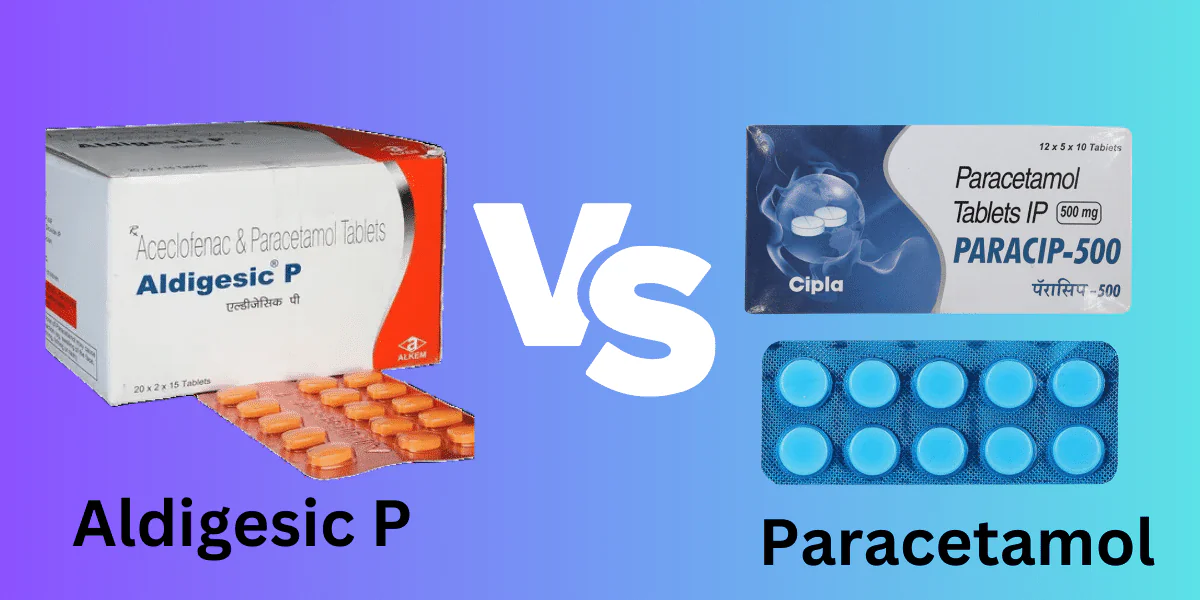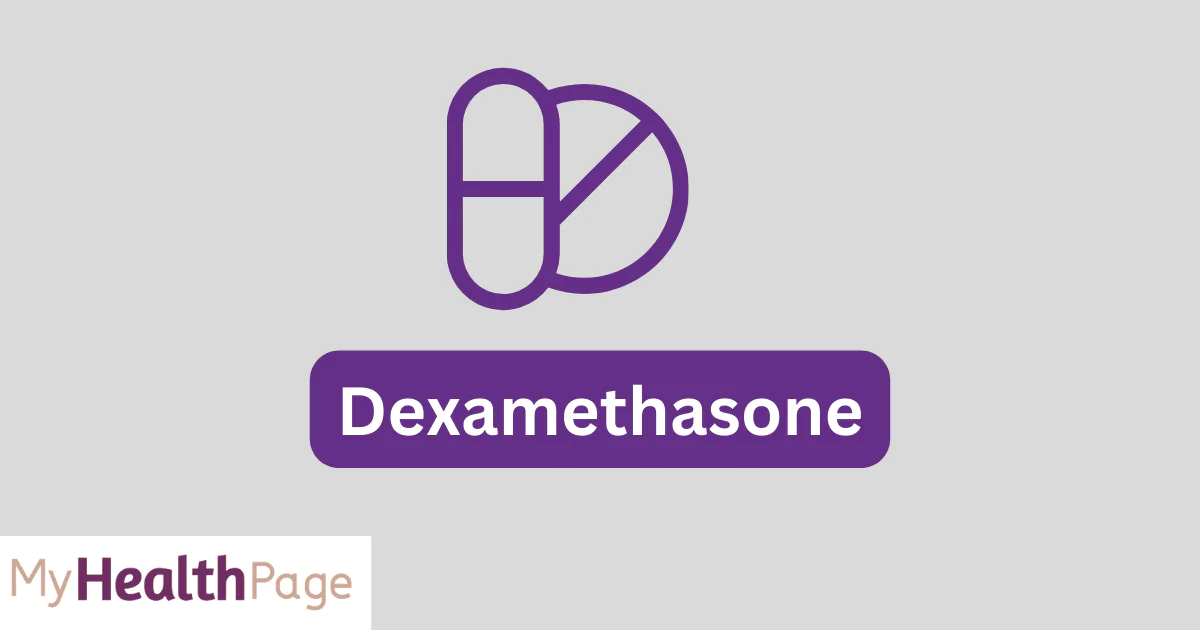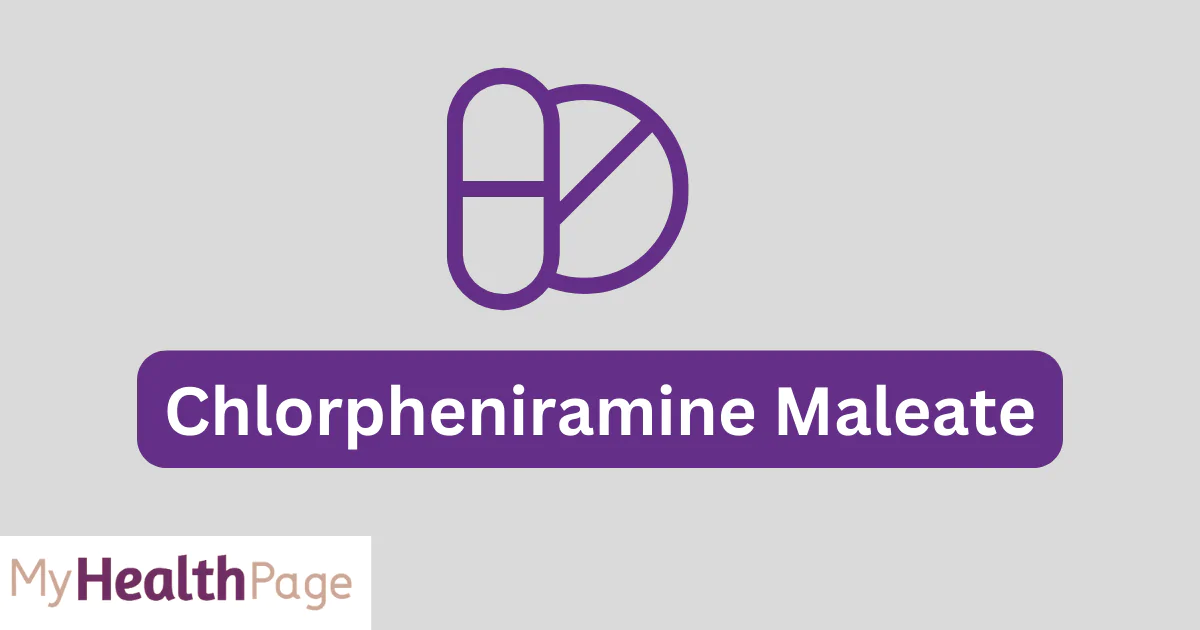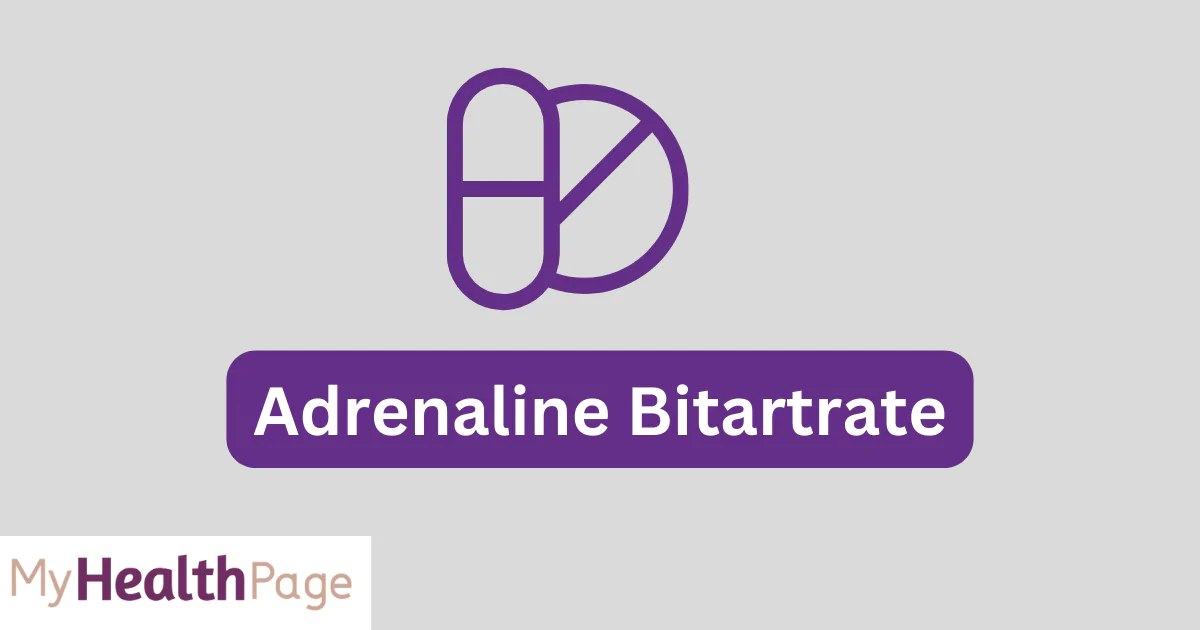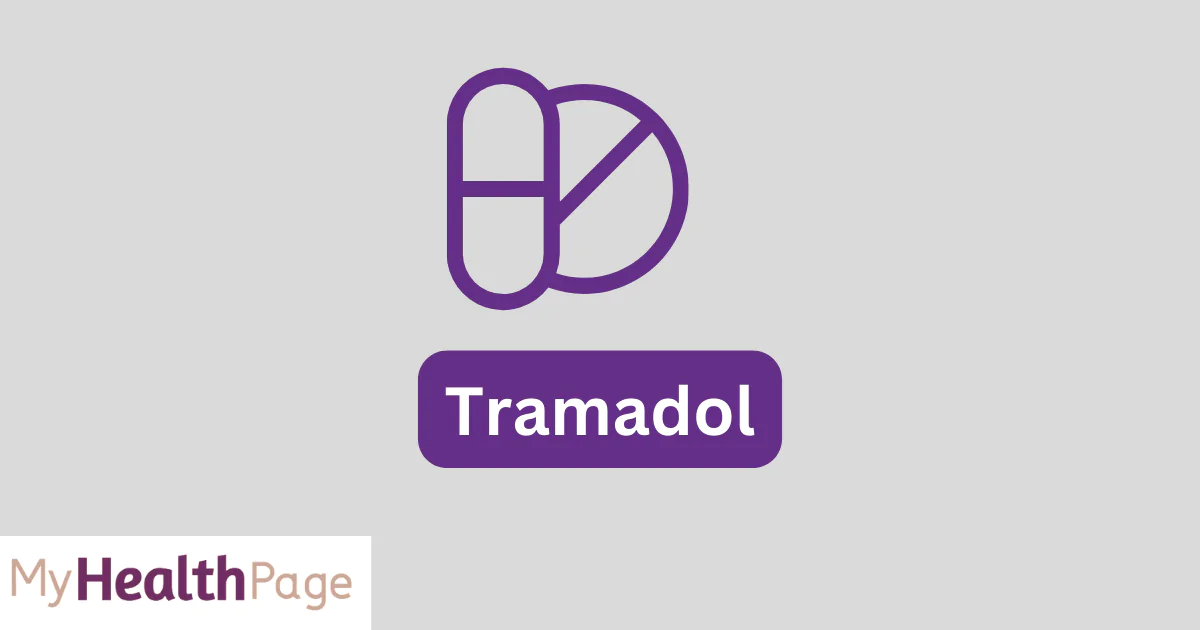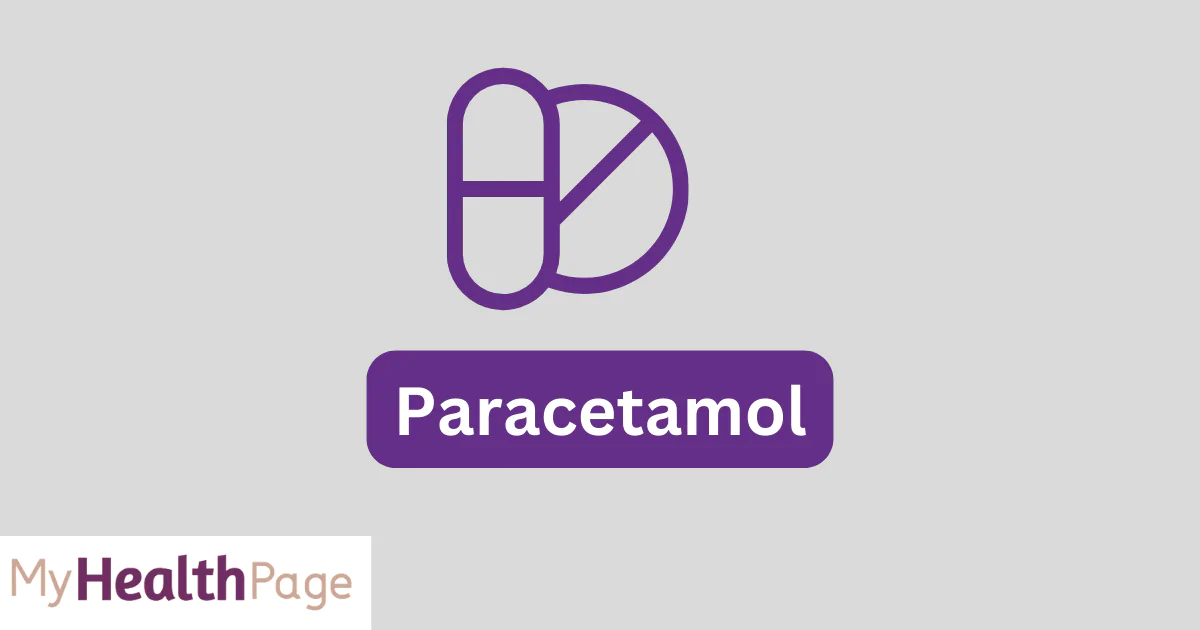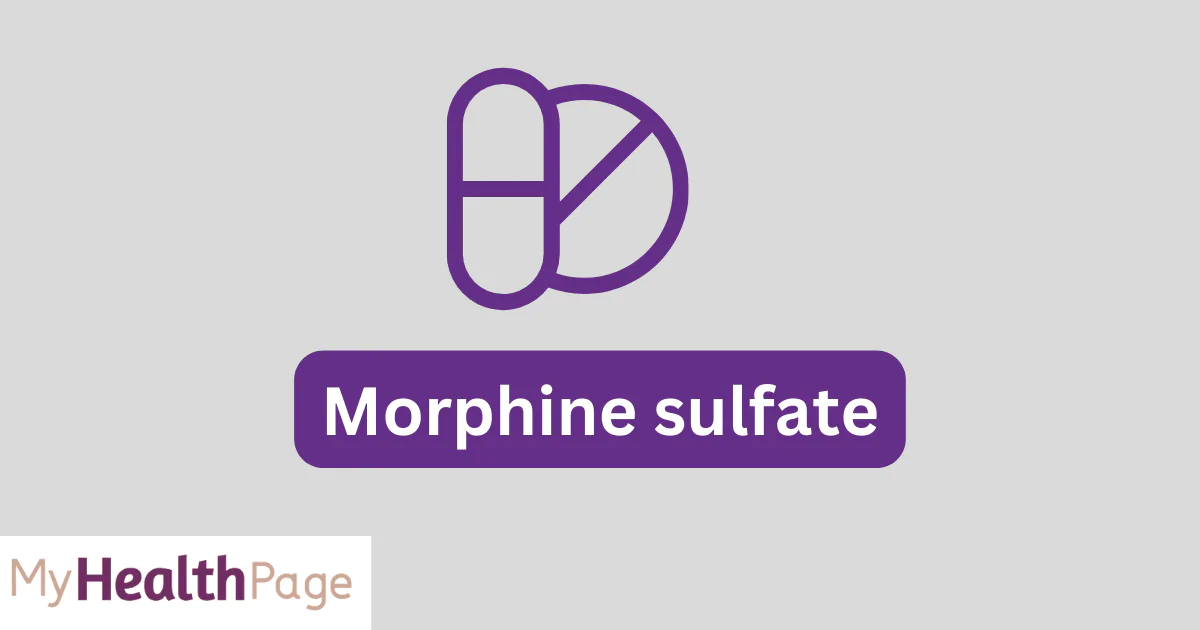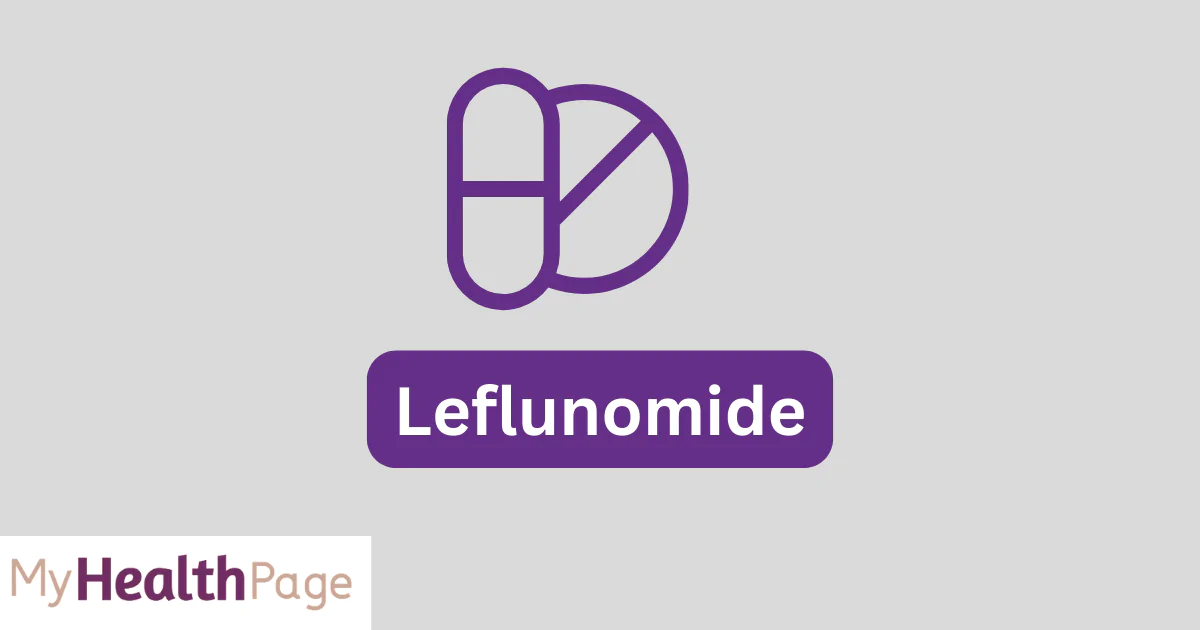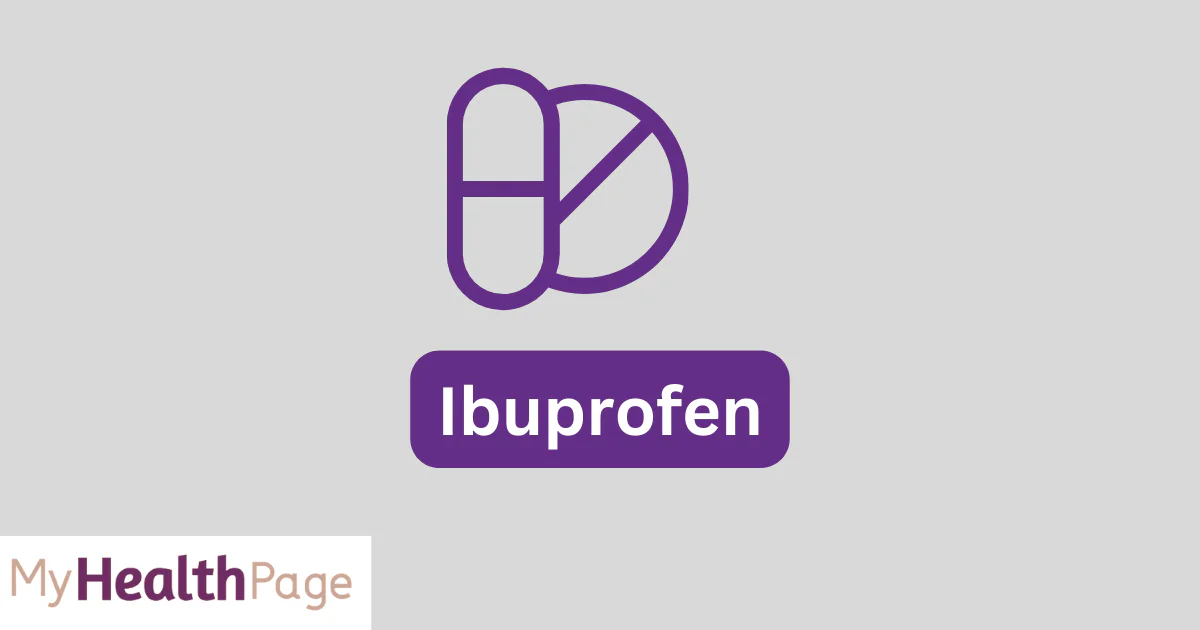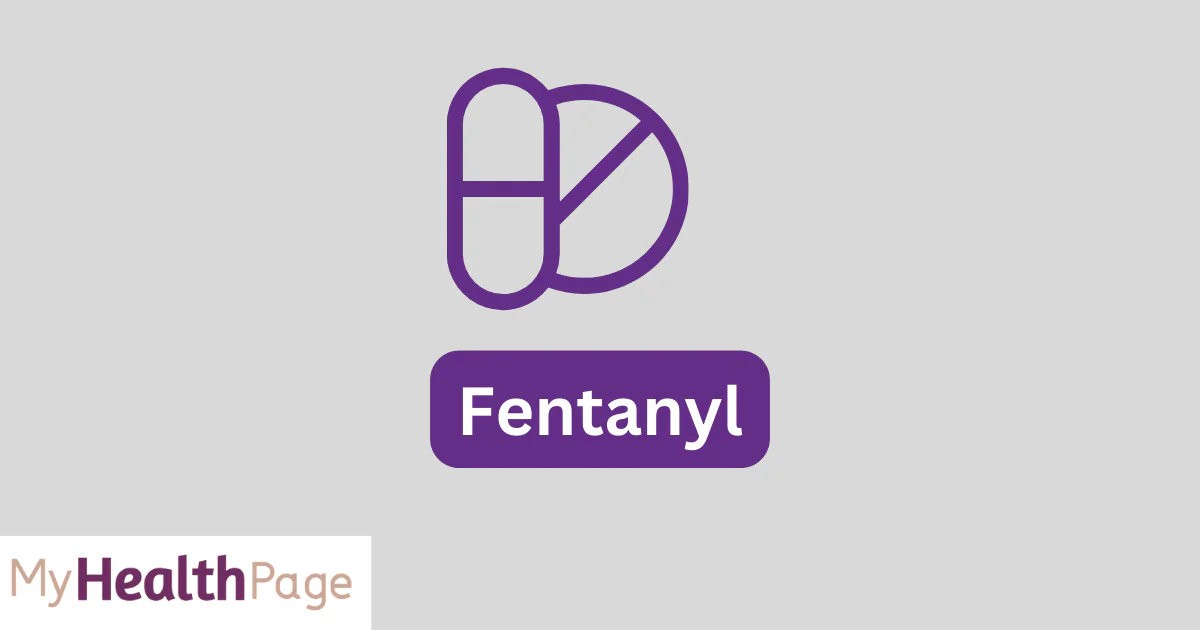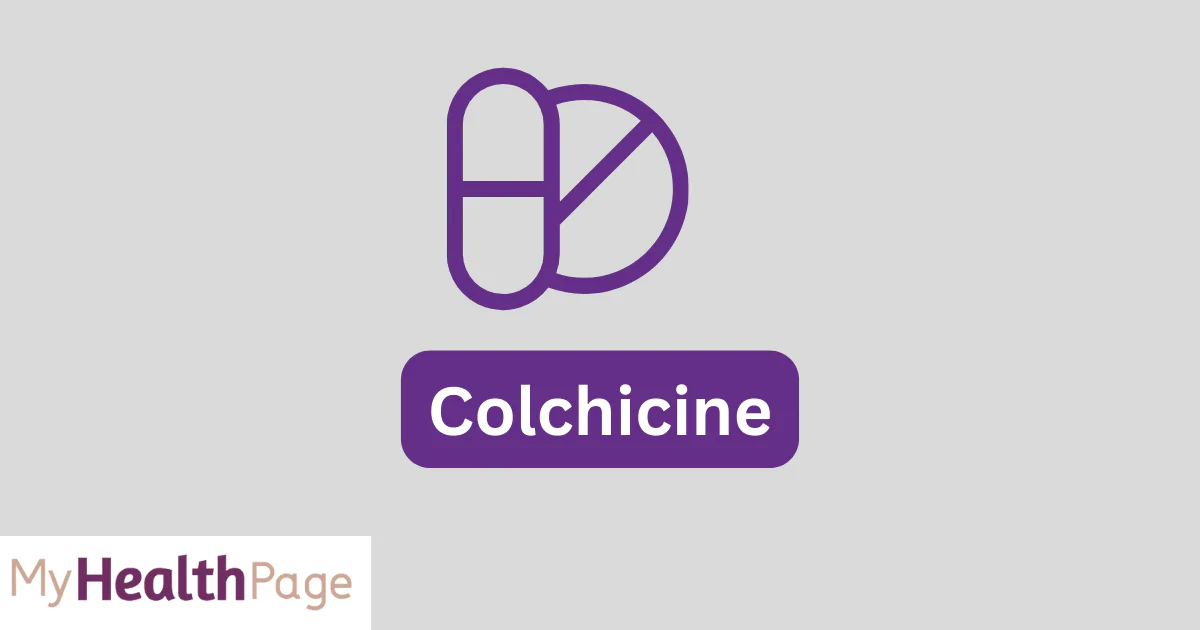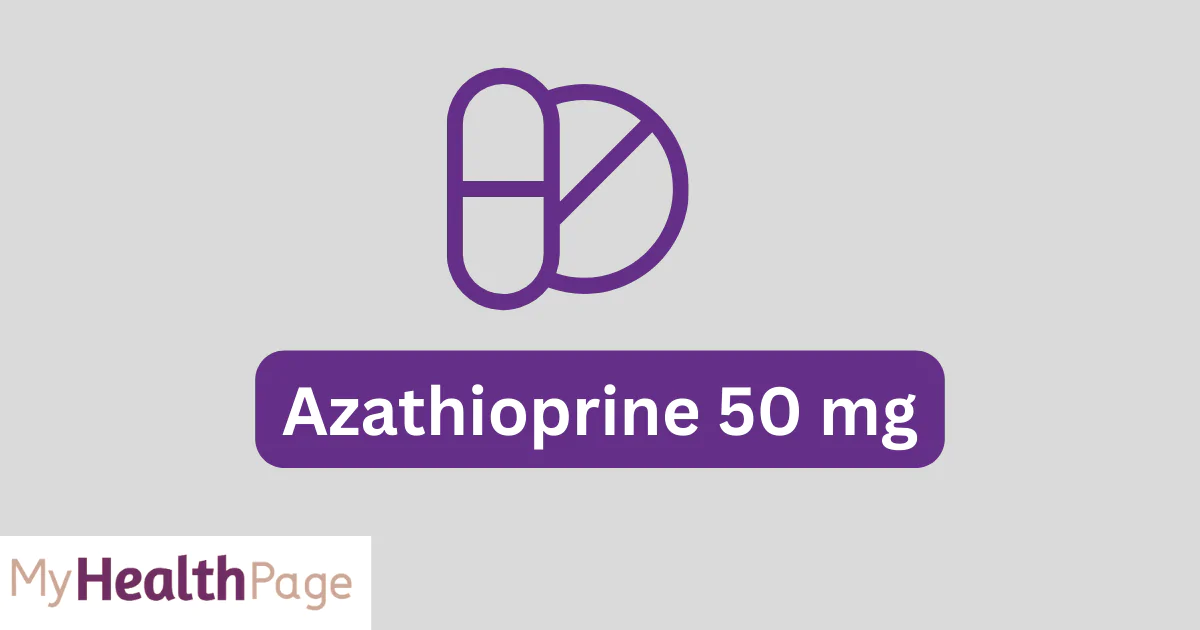Aceclofenac and Paracetamol tablet, combined in a powerful formulation, are renowned in medical world for their efficacy in pain relief and fever reduction. Classified as non-steroidal anti-inflammatory drugs (NSAIDs), this duo is commonly prescribed for various acute and chronic conditions. Aceclofenac, with its anti-inflammatory and analgesic properties, complements Paracetamol’s antipyretic and pain relief effects. This article delves into the comprehensive uses, dosages, side effects, and essential information about Aceclofenac + Paracetamol, offering insights for safe and informed medication use.
What is Aceclofenac and Paracetamol?
Aceclofenac, a derivative of phenylacetic acid, is known for its potent anti-inflammatory and analgesic properties. It primarily works by inhibiting the action of cyclooxygenase (COX) enzymes, which are key players in the synthesis of prostaglandins ( substances responsible for causing inflammation, pain, and swelling in the body). As a result, Aceclofenac effectively reduces inflammation and alleviates pain, making it a preferred choice for conditions such as arthritis and spondylitis.
Paracetamol, also known as acetaminophen, operates differently. It is primarily an antipyretic (fever reducer) and a mild analgesic(Painkiller). Paracetamol’s exact mechanism of action is not fully understood, but it is believed to act centrally in the brain rather than at the site of pain. It reduces fever by acting on the hypothalamic heat-regulating center and relieves pain by elevating the pain threshold. Paracetamol is favored for its minimal side effects and its ability to reduce fever and relieve mild to moderate pain.
Uses of Aceclofenac Paracetamol Tablet
Aceclofenac Paracetamol is a versatile medication used in the treatment of several conditions, primarily focusing on pain relief and fever reduction.The diverse uses of this combination include:
- Osteoarthritis and Rheumatoid Arthritis: These are chronic conditions characterized by joint pain and stiffness. Aceclofenac helps reduce inflammation and alleviate pain, while Paracetamol assists in managing overall discomfort and fever that may accompany these conditions.
- Ankylosing Spondylitis: This is a type of arthritis affecting the spine, causing pain and stiffness in the back. The combination effectively reduces these symptoms, improving mobility and quality of life.
- Muscle Pain: For muscle aches resulting from overuse, strain, or injuries, Aceclofenac + Paracetamol offers relief by targeting inflammation and pain at the source.
- Toothache: Dental pain can be acute and intense. This medication helps in managing the pain and reducing any associated inflammation.
- Throat Pain: Often accompanying infections like pharyngitis, Aceclofenac + Paracetamol can ease throat pain and reduce fever.
- Backache: Both acute and chronic back pain can be managed with this combination, offering relief and aiding in mobility.
- Fever: Paracetamol is highly effective in reducing fever, while Aceclofenac assists in addressing the underlying inflammation that might be causing it.
Dosage and Administration
The appropriate dosage of Aceclofenac Paracetamol should always be determined by a healthcare professional, tailored to individual patient needs. However, some general guidelines include:
- Dosage Frequency: It is commonly prescribed once or twice a day, depending on the severity of symptoms.
- Timing and Food: To minimize gastrointestinal side effects, it should be taken with food or milk. If the patient has a history of gastric issues, an antacid may be recommended.
- Consistency: Taking the medication at the same time each day enhances its effectiveness and helps maintain consistent pain relief.
- Missed Doses: If a dose is missed, it should be taken as soon as remembered, unless it’s almost time for the next dose. Double dosing to make up for missed doses is not advised.
- Overdose: In case of an accidental overdose, immediate medical attention is crucial. Overdosing can lead to severe health complications.
Adhering to the prescribed regimen is vital for the medication to be effective and safe. Deviating from the advised dosage can lead to inadequate symptom control or increased risk of side effects.
Potential Side Effects of Aceclofenac Paracetamol Tablet
Like all medications, Aceclofenac and Paracetamol can cause side effects, although not everyone experiences them. Awareness of these potential adverse effects is essential for safe usage. Common side effects include:
- Fatigue: Patients may experience a general sense of tiredness or lethargy.
- Nausea and Vomiting: Gastrointestinal disturbances are relatively common, often mitigated by taking the medication with food.
- Gastric Ulcers: Long-term use can increase the risk of developing ulcers or bleeding in the stomach.
- Abdominal Pain: Discomfort in the stomach area can occur, particularly if taken on an empty stomach.
- Diarrhea: Some individuals might experience loose stools.
- Cloudy Urine with Blood: Rarely, there may be changes in urine appearance or blood presence, indicating kidney issues.
- Mouth Ulcers: A less common side effect can be the development of ulcers in the mouth.
- Allergic Skin Reactions and Rash: Skin allergies, rashes, or itching can occur in response to the medication.
- Constipation: This is another possible digestive system reaction.
- Drowsiness: Some people might experience sleepiness or drowsiness.
- Heartburn: A burning sensation in the chest, indicative of acid reflux, may occur.
Most side effects are mild and temporary, resolving as the body adjusts to the medication. However, if symptoms persist or worsen, it’s crucial to consult a healthcare professional. Immediate medical attention is necessary for severe reactions like difficulty breathing, severe skin rashes, or signs of liver or kidney problems.
Precautions and Warnings
When considering the use of Aceclofenac Paracetamol, certain precautions should be taken to ensure safe and effective treatment:
- Allergies: Inform your doctor about any known allergies to Aceclofenac, Paracetamol, or other NSAIDs.
- Alcohol Consumption: Avoid alcohol as it can increase the risk of stomach bleeding.
- Pregnancy: Pregnant women, especially in the later stages, should avoid this medication due to potential risks to the fetus.
- Gastrointestinal Disorders: Those with a history of stomach ulcers or bleeding should use this medication cautiously.
- Cardiac, Liver, and Kidney Conditions: Patients with heart disease, liver disorders, or kidney issues must consult their doctor, as the medication can exacerbate these conditions.
- Asthma and Hypersensitivity: Individuals with asthma or hypersensitivity reactions should discuss the risks with their healthcare provider.
- Breastfeeding: Nursing mothers should only use this medication under medical advice, as it can pass into breast milk.
Read more :7 benefits of taking Neurobion Forte Tablet
Interaction with Other Medications
Aceclofenac Paracetamol Tablet can interact with other drugs, which may affect its effectiveness or increase the risk of side effects. Therefore, it’s crucial to inform your healthcare provider about all the medications you are currently taking, including over-the-counter drugs, herbal supplements, and vitamins. Notable interactions include:
- Leflunomide: May increase the risk of liver damage when taken with Aceclofenac + Paracetamol.
- Phenytoin: The effectiveness of Phenytoin may be altered when used in combination with this medication.
- Corticosteroids: Increased risk of gastrointestinal ulcers or bleeding.
- Lithium: Can lead to an increase in lithium levels, requiring close monitoring.
- Carbamazepine: Interaction may affect liver function.
- Digoxin: Levels and effects of Digoxin may be increased.
- Sodium Nitrite: Potential for increased nitrite toxicity.
Your doctor may need to adjust dosages or provide alternatives to avoid harmful interactions.
Storage and Safety Information
Proper storage of Aceclofenac + Paracetamol is essential for maintaining its efficacy and safety. The medication should be stored in a cool, dry place, away from direct heat, light, and moisture. It’s best kept at room temperature, between 20 and 25 degrees Celsius (68-77 degrees Fahrenheit). Ensure that the medication is out of reach of children to prevent accidental ingestion. Do not use the medicine beyond its expiration date, and safely dispose of any expired or unused medication.
Conclusion
In conclusion, Aceclofenac + Paracetamol is a potent medication beneficial for pain relief and fever reduction, widely used in various medical conditions. However, its effectiveness and safety depend on proper usage, adherence to prescribed dosages, and awareness of potential side effects and drug interactions. It is imperative to consult with a healthcare provider before starting, stopping, or changing the dosage of this medication. Individual medical history, existing health conditions, and concurrent use of other medications play a crucial role in determining the suitability of Aceclofenac + Paracetamol. Always prioritize safety and informed usage for optimal health outcomes.
Disclaimer: The content herein is not a replacement for personalized guidance from a healthcare expert. It does not encompass the full spectrum of potential applications, adverse effects, precautions, or drug interactions. The material is not indicative of the appropriateness, safety, or efficacy of a particular pharmaceutical for you or any individual. The absence of explicit information or cautions regarding the medication should not be construed as implicit endorsement by the institution. It is strongly recommended that you seek consultation with a medical professional for any inquiries concerning the medication and refrain from its use without a prescription from a qualified physician.



